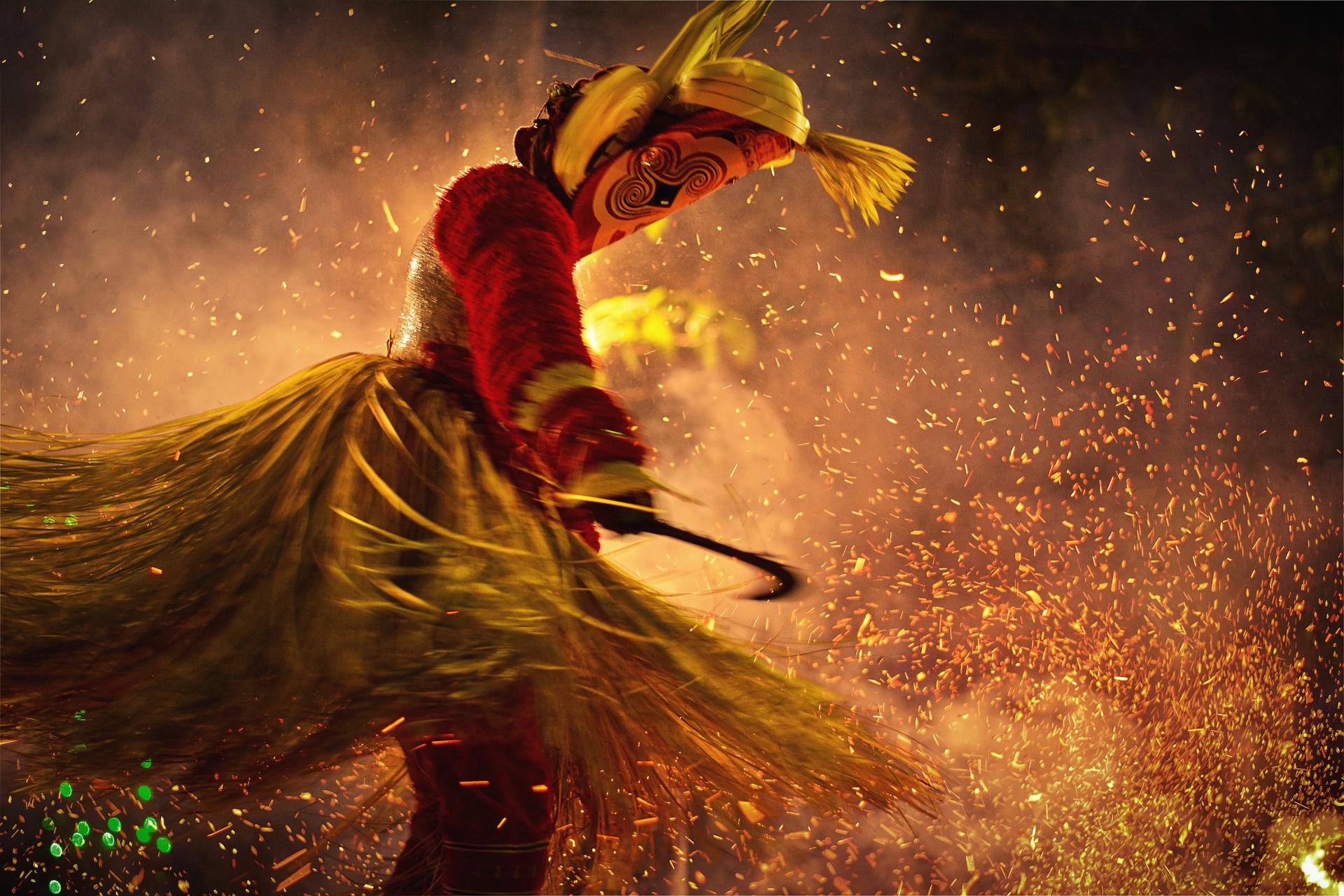The Monk Who Accidentally Saved India

Today is the 71st Republic Day of India as on this day, year 1950, The Constitution of India came into force. But in this long journey, there came a time when India almost came to the brink of becoming a totalitarian regime. And then, came an unwitting, unlikely saviour, who rescued the Indian Democracy, a Monk, Swami Kesavananda Bharati. In 1973, 13 Judges assembled to deliver the verdict on the most important case of Indian History, Kesavananda Bharati vs The State of Kerala, which enforced the Basic Structure Doctrine. Last year, on September 6th, he crossed this realm of existence and I wanted to commemorate his legacy on this historic day.
Kesavananda Bharati vs The State of Kerala was the culmination of a series of serious clashes between The Judiciary and The Indira Gandhi Government. It all started in 1967 when the Indira Gandhi government received the first blow after, The Supreme Court of India, gave a verdict in the Golak Nath case that parliament could not amend Fundamental Rights. Two years later, Indira Gandhi government received a second blow when her decision to nationalise the private banks of India was struck down by the Supreme Court. And finally, a year later in 1970, Indira Gandhi’s decision of abolishing Privy Purse was again struck down by the Supreme Court. Being out-powered by The Judiciary, in three separate rulings, all of them argued by lawyer Nanabhoy Palkhiwala, Indira Gandhi was determined to cut the Indian Courts to sizes. So, she introduced a series of constitutional amendments that nullified the Golak Nath, Bank Nationalisation and Privy Purse judgements. These amendments gave the Parliament unlimited powers to alter or even abolish any Fundamental Rights promised by The Constitution.
Enter Swami Kesavananda Bharati, the Shankaracharya(Head Monk) of the Hindu monastery called Edneer Mattha in Kerala. In February 1970, he filed a petition to challenge the Kerala Government’s attempt to impose restrictions on the management of the Monastery property, under two land reform acts. Nanabhoy Palkhiwala took this as an opportunity and convinced Swamiji to file this petition under Article 26, The Right to Manage Religious Property without Government Interference. Thus began the legal battle that quickly took on serious political overtones. The case was heard for 68 days by the largest ever Constitutional Bench of 13 Judges. The amount of effort that was put for this case was breathtaking with hundreds of cases cited and provisions of the Constitution of more than 50 countries compared!
The Judicial Bench was split right down the middle at 6:6 until the 13th judge, Justice H. R. Khanna added his support to Basic Structure Doctrine. Thus Indian Democracy was saved by a wafer-thin margin of 7:6 majority. And while Swami Kesavananda Bharati, received no relief in the case, the judgement introduced the Basic Structure Doctrine, which introduced a major Check to the power of The Parliament to make drastic changes to the core values of The Indian Constitution, like secularism and federalism. Now this all may sound very dramatic and movie-like but it happened. Though unfortunately, it didn’t end there…
Indira Gandhi didn’t take kindly this verdict, and she promoted Justice A. N. Ray, who was the most vocal among the dissenters in the bench, to the Chief Justice of India, superseding three senior Judges, which was unprecedented in Indian Legal History. And by the time the infamous Emergency of 1975 was declared, 8 new judges had been appointed to The Supreme Court. What preceded was a (not-so)shocking attempt by Chief Justice Ray to review the Kesavanada Bharati decision, setting up a 13 Judge Bench. Again Nanabhoy Palkhiwala gave, what is now regarded as, one of the finest advocacy hearings in the history of India. But, as we say in India “Satyamev Jayate” (Truth Alone Triumphs) the Bench was dissolved within 2 days, as it was discovered that no one had filed a review petition.
Few amazing things about this cornerstone case are:
- Though it was a landmark case, Swami Kesavanada Bharati lost his case as The Supreme Court upheld the land reform laws.
- Bangladesh adopted the Basic Structure Doctrine by expressly relying on the reasoning in the Kesavananda Bharati case.
- Swami Kesavananda Bharati never met Nanabhoy Palkhiwala in person, and was rather surprised to see his name in the newspapers every day. He even wondered why his case was taking so long!
Thanks to Kesavananda Bharati, Nanabhoy Palkhiwala, the seven judges as this decision thwarted many attempts on Indian Democracy, making India reach this milestone — The 71st year of being a Republic.